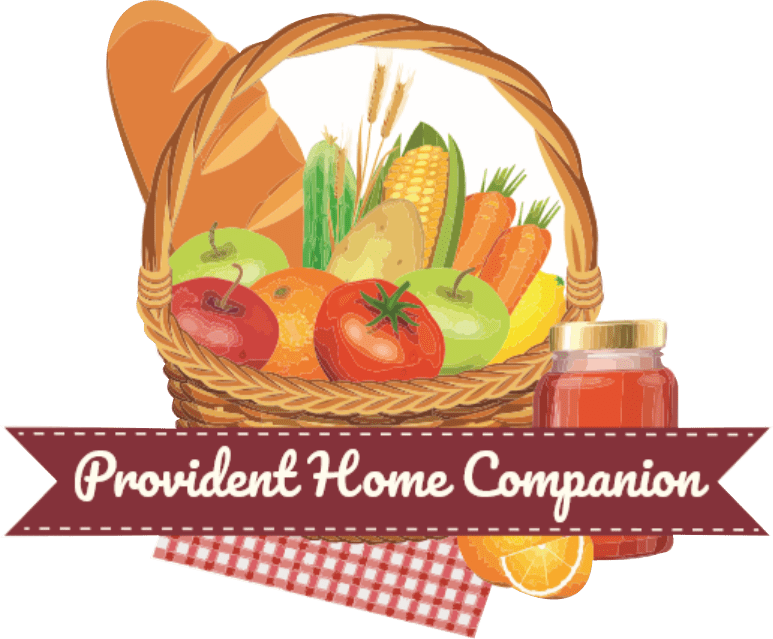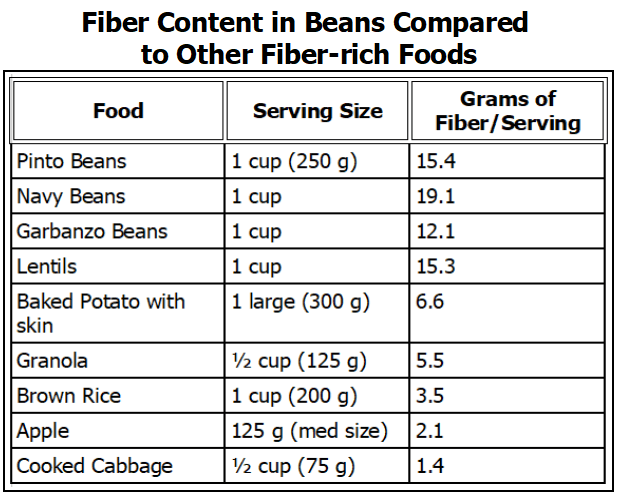

After you have a good store of food — the Super Pantry that we talked about a couple weeks ago — the next thing you should do is go buy 100 lbs of beans and 100 lbs of rice.
I can hear you already exclaiming, “One hundred pounds! Are you nuts?” While at first this may sound crazy, it really is one of the smartest things you can do. It will not only help with food security, regularly using beans is good for your health and your budget.
Here are four good reasons you should make buying beans a priority:
More bang for your buck
You get more calories and more nutrition per dollar spent on beans than just about any other food. Even at $2/lb, beans are the cheapest form of protein. And this protein doesn’t have the environmental impact that meat does, nor does it have any hormones, cholesterol, or other health baggage that comes with eating meat.
It gets even better for those of us living in North Dakota. We are blessed to live in the middle of Bean Country. Farmers all around us are producing the best beans in the world. If you are good friends with a farmer, you might ask to buy beans directly from him. You cut out the middle man, and you both come out ahead. The beans that come directly from the field aren't clean, so you'll have to sort through the debris and clean the beans before using. Or you can buy directly from an elevator. It will cost a bit more than the farmer charges, but the beans will be cleaned and bagged, usually in 40 lb bags. The savings you get buying direct from producers is huge.
A meal made with beans and rice (or other grain) can cost as little as $3 for a family of four. Compare that to meat that is $4 to $10 a pound, and you see how economical beans are. If you make two meals a week from beans instead of meat, you can save as much as $150 a month. With food prices rising, that can have a huge impact on your family's budget.

Small bean, huge nutrition
This is where beans really shine. Beans pack a lot of nutrition into a small package. When combined with another grain, you have a complete protein – that is, protein that contains all the essential amino acids.
Think about it: nearly every culture on earth has a legume/grain combination that is a staple in their culture. The Indians have dahl served with naan or roti. The Carribean is known for their spicy black or red beans and rice. Mexican cuisine combines corn tortillas with beans. We see a combinations of pasta and beans in Italian minestrone or pasta e fagioli. And of course, here in the U.S., every one loves their PB&J.
All of these meat-free combinations give you a complete protein. But the nutrition doesn’t stop here. For just 245 calories, a serving of beans is a significant source of iron, magnesium, vitamin B6, and folate. Folate is the natural form of folic acid, which is an vital nutrient during pregnancy.
And for fiber, nothing beats beans. A serving of beans provides 15-19 grams of dietary fiber, the good kind of fiber that helps regulate sugar absorption (thus, helping to prevent Type 2 or adult onset diabetes) and can help prevent certain kinds of cancer (like colon cancer.) Try finding that kind of nutrition in any of your other favorite foods.

Beans store forever
When you buy that 100 pounds of beans, you don't have to worry about them going bad. Beans store just about forever. Well, not forever forever. They will get old and hard after a few years. But they last such a long time that you are sure to use them all up before they are inedible.
Just store your clean beans in a tightly sealed container and in a cool dry room, such as the garage or basement. I like to store my beans in a 5-gallon bucket. Each 5-gallon bucket holds just about 35 lbs of beans. Since most bags from the elevator are 40 pounds, I fill the bucket, seal it, and put the remaining 5 pounds in a 1-gallon jar and bring it to the kitchen or pantry.
Seal the bucket with a Gamma Seal. If you haven't heard of a Gamma Seal, you are missing one of the wonders of the modern world. A Gamma Seal is a two-part lid. The bottom part is a ring that fits over the top of the bucket. It has a rubber O-ring that creates an air- and water-tight seal. Then the top part of the lid screws into that ring. It also has an O-ring gasket, so you get a nice tight seal. It's easy to screw the lid on and off, and each time you have a nice tight seal. Since it's air-tight, the beans last longer and there's no danger of bugs or critters getting in.
Enjoy a wide variety of flavors
When we talk about beans, we’re talking about all the dried seeds in the legume family. This includes lentils, chickpeas (garbanzos) as well as pinto, black, navy, cranberry, pink, cannellini, adzuki, and mung beans. And that’s just a small sampling. There are, quite literally, dozens of varieties of dried beans, each with its own unique color, texture, and flavor.
And then look at all the recipes! There are at least a thousand different ways to prepare beans. And not just soups and stews either. Beans can be used in salads, dips, breads, and desserts. When you start exploring the ways beans are used in other cultures, you will walk into a whole new world of deliciousness. I have several recipes on my blog that you'll want to try.
So go buy several different types of beans and start experimenting. If you can get to a health food store or an Asian market, you may find an even greater variety of beans. Find which recipes you like the best, and buy a few different varieties in bulk. Store them up safely, and you will have a steady supply of tasty, nutritious, and economical meals for the rest of the year.